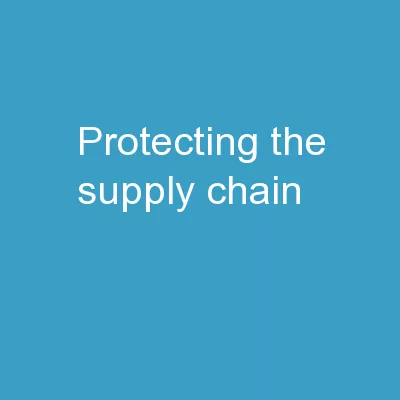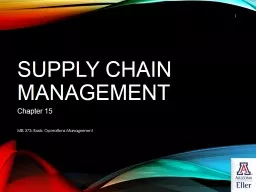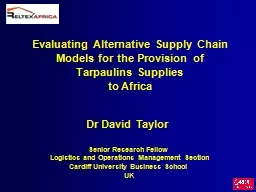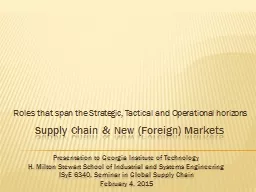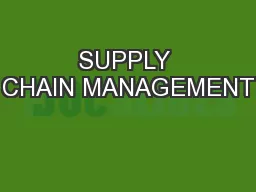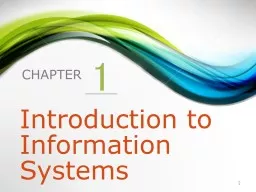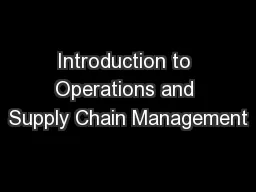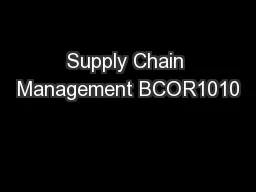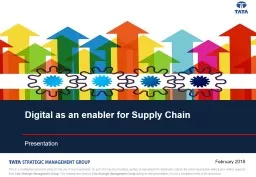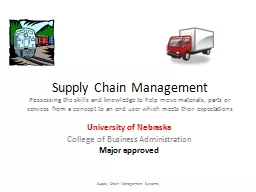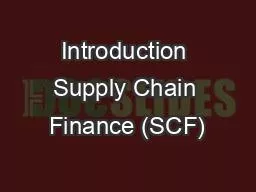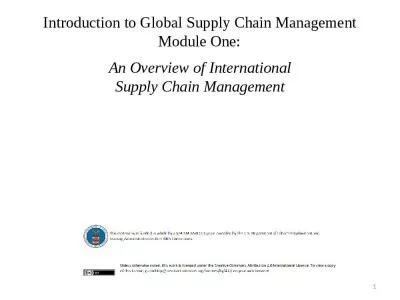PPT-Protecting the Supply Chain
Author : tatiana-dople | Published Date : 2018-12-06
Geospatial amp Remote Sensing Law Workshop December 5 2017 Susan Warshaw Ebner Michael Garson Michael W Mutek Fortney amp Scott LLC Ankura Consulting
Presentation Embed Code
Download Presentation
Download Presentation The PPT/PDF document "Protecting the Supply Chain" is the property of its rightful owner. Permission is granted to download and print the materials on this website for personal, non-commercial use only, and to display it on your personal computer provided you do not modify the materials and that you retain all copyright notices contained in the materials. By downloading content from our website, you accept the terms of this agreement.
Protecting the Supply Chain: Transcript
Download Rules Of Document
"Protecting the Supply Chain"The content belongs to its owner. You may download and print it for personal use, without modification, and keep all copyright notices. By downloading, you agree to these terms.
Related Documents

